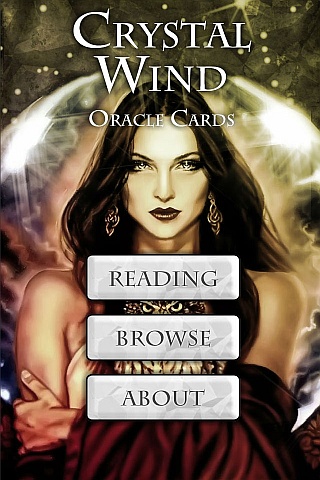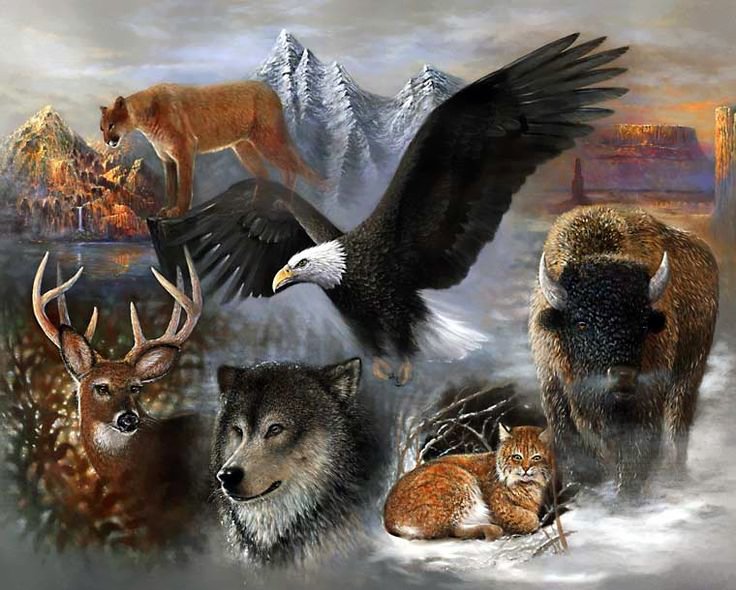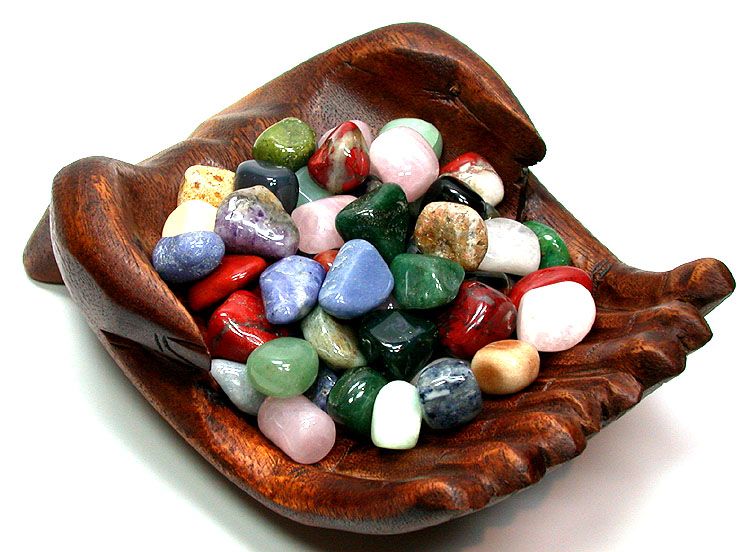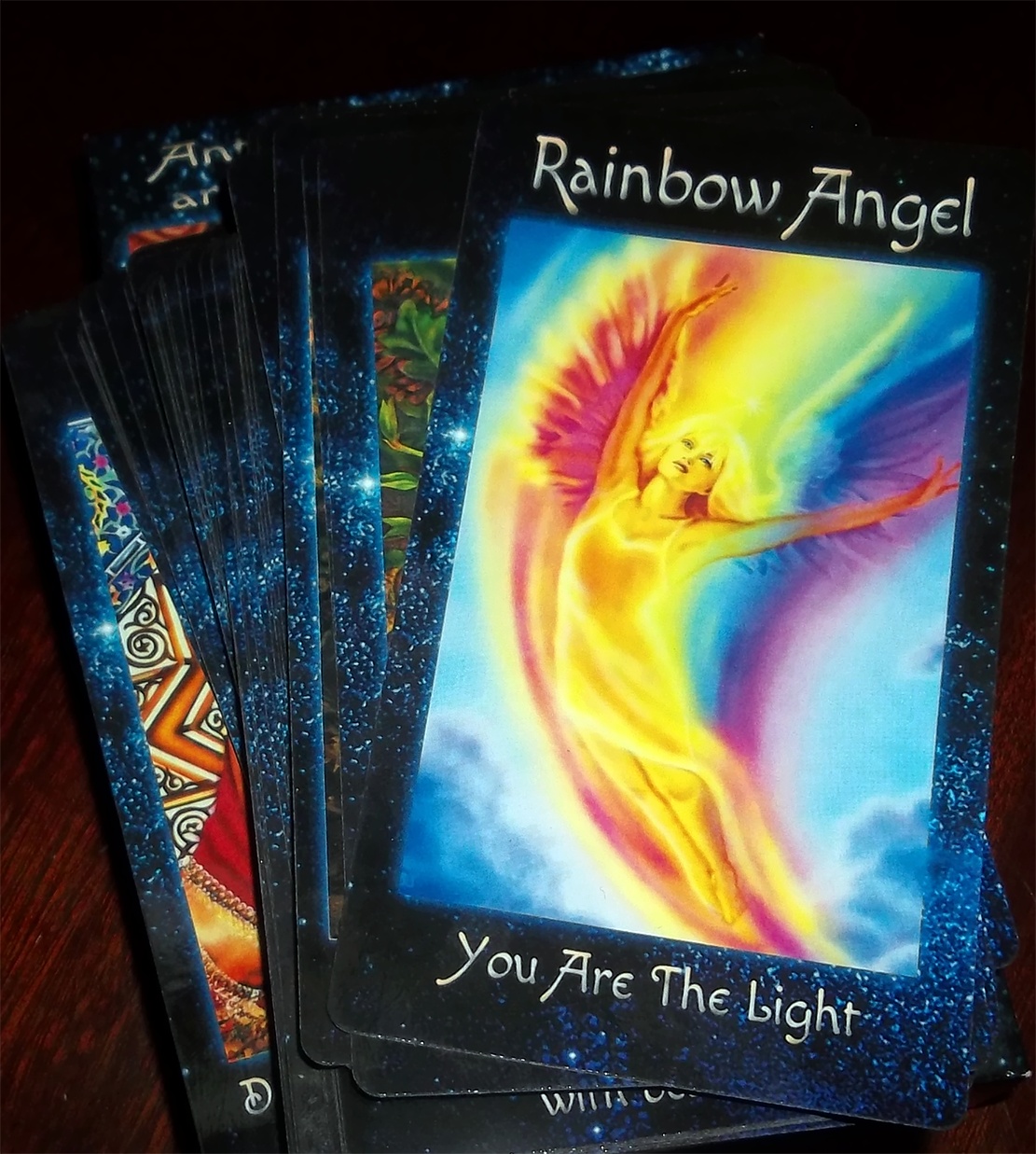Leonid Meteor Shower
- Details
- Written by AndEl

In mid-November, spectacular "shooting stars" will streak through the night sky as the Leonid meteor shower hits Earth once again. This annual meteor shower, which peaks overnight on Nov 17, is responsible for some of the most intense meteor storms in history. Sometimes, meteors fall at rates as high as 50,000 per hour.
These storms only happen rarely; viewers this year will still be treated to an hourly rate of 10 to 20 meteors, according to Sky and Telescope, on the peak date of Friday, Nov. 17. Our columnist Joe Rao tells you what to expect. The best time to look for will be before dawn Friday at 3 a.m. EST (0800 GMT), according to Jane Houston Jones of NASA's Jet Propulsion Laboratory. [Top 10 Leonid Meteor Shower Facts]
When to see them
In 2016, visibility was poor because bright light from the waning gibbous moon outshone some of the meteors. This year, however, visibility will be excellent because the new moon will take place on Nov. 18, providing a perfect view of the meteors, which will not be washed out by any lunar light.
The Leonid meteor shower peaks on the night of Friday, Nov. 17, and early the following morning. Skywatchers may be able to see some meteors on days just before and after the peak. The moon will only start to show its face briefly around sunset, meaning there will be excellent viewing conditions for watching the Leonids.

Where to see the Leonids
The Leonid meteor shower gets its name from the constellation Leo, where its meteors appear to originate. But you can look in just about any direction to enjoy the show, said NASA meteor expert Bill Cooke. If you directly face Leo, you may miss the meteors with longer tails.
Although the meteor shower might be a bit easier to see from the Northern Hemisphere, skywatchers in the Southern Hemisphere should be able to see the show as well. "They're not quite as good, but almost as good," said Cooke. "The Leonids are an OK shower from the Southern Hemisphere."

What causes the Leonids?
The Leonid meteor shower happens every year in November, when Earth's orbit crosses the orbit of Comet Tempel-Tuttle. The comet makes its way around the sun every 33.3 years, leaving a trail of dust rubble in its wake.
When Earth's orbit crosses this trail of debris, pieces of the comet fall toward the planet's surface. Drag, or air resistance, in Earth's atmosphere cause the comet's crumbs to heat up and ignite into burning balls of fire called meteors. [How Comets Cause Meteor Showers]
These comet crumbs are usually the size of a grain of sand or a pea, so they tend to burn up entirely before striking Earth's surface. Meteors that survive the whole journey to the ground are called meteorites. But the Leonid meteor shower likely won't deliver any meteorites.
What do you need to see them?
Meteors will be visible to the naked eye, so you won't need any special equipment to see them.
"Go outside, find a dark sky, lie flat on your back and look straight up," Cooke said, "and be prepared to spend a couple of hours outside."
Given that the meteors are fairly sparse and take place during a cold time of year, it is best to bundle up, relax
Liked this article? Dive deeper into personal growth and wellness! Check out CrystalWind.ca for spiritual wisdom or explore AromaWorx.ca for natural well-being tips. Spread the positivity—share this with friends on their happiness journey!
Let’s Chat! Drop Your Thoughts Below! ![]()
Latest Articles
Dive into the Mystical World of the Crystal Wind Oracle Deck!
Get All the Enchanting Details Now!
NEW Expanded Boxed Edition!
Now with 58 Cards for Richer Wisdom!

Imagine a world of inspiration and healing, free for all—made possible by YOU!
Donate Now—Ignite the Magic at CrystalWind.ca!

Epilepsy - Finding A Cure
Your donation can make a difference!
Help us find a cure – donate now!
Unlock Your Light: Join Lightworkers Worldwide on CrystalWind.ca!
Articles: The Founders
Articles: Cosmic Neighbours
Articles: Galactic History
Follow Us!
Featured This Month
Abalone Shell
Echos Of The Ancestors Abalone strengthens the structure of the body and th... Read more
Egyptian Zodiac/Astrology
Egyptian astrology was one of the earliest forms of astrology. The Egyptians w... Read more
Lammas by The Hedgewitch
Although in the heat of a Mid-western summer it might be difficult to discer... Read more
Sun in Cancer
Cancer Sun Sign Characteristics Overview The name "Cancer" comes from Latin, ... Read more
Cancer Mythology
The Mythology of Cancer: A Celestial Tale of Loyalty and Sacrifice Among th... Read more
Lugh - Celtic God Of The Sun
The god Lugh was worshiped in Ireland as a deity of the sun. This connection... Read more
Chalcedony
The Stone Of Orators Chalcedony was very popular as a decorative stone in ant... Read more













































